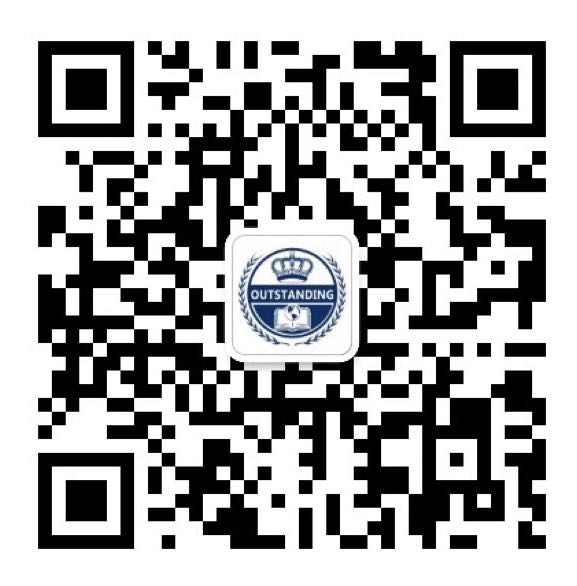CIA4U Analyzing Current Economic Issues
Ministry of Education Course Title: Economic, Grade 12, Academic
Course Code: CIA4U
Grade Level: 12
Prerequisite: None
Department: Economic
Course Description:
This course examines current Canadian and international economic issues, developments, policies, and practices from diverse perspectives. Students will explore the decisions that individuals and institutions, including governments, make in response to economic issues such as globalization, trade agreements, economic inequalities, regulations, and public spending. Students will apply the concepts of economic thinking and the economic inquiry process, as well as economic models and theories, to investigate, and develop informed opinions about, economic trade-offs, growth, and sustainability and related economic issues.
Overall Curriculum Expectation - all units are interrelated
Unit 1 Economic Reasoning
- The first unit of this course begins by having students explore basic economic concepts such as production possibilities curves, scarcity, choice, and opportunity cost. The second half of the unit deals with different types of economies including: traditional, command, market and mixed, and also looks at key figures in economics like Adam Smith and Karl Marx.
Unit 2 DEMAND, SUPPLY, AND PRICE
The second unit takes an in-depth look at the important aspects and determinants of market demand, market supply, and market price. The laws of demand and supply are covered, as is the concept of price elasticity.
Unit 3 MICROECONOMICS - THE ANALYSIS OF MARKETS
In this unit, students learn through examples the role of production and costs. Production under perfect and imperfect competition is examined with topics such as profit maximization, monopolies, and oligopolies being covered in depth Students conclude the unit with an analysis of the market for labour, learning about demand and supply shifts, wages, and other labour market issues.
Unit 4 MEASURING MACROECONOMIC PERFORMANCE
- Now that students have learned the basics and have an understanding of macroeconomics, they begin to explore large-scale economic phenomena. This unit sees students learning about GDP, including expenditures and income approaches. They will also learn to calculate a country’s GDP. Other major topics such as unemployment and inflation are covered in detail.
Unit 5 ECONOMIC INSTABILITY AND FISCAL POLICY
- Students learn about economic fluctuations and fiscal policy in this unit. The aggregate demand and aggregate supply model is covered and students learn how to draw and use sketch-graphs to show how certain factors will affect the AD curve. The potential effects of shocks to the economic system, such as changes in government spending, changes in net exports, and changes in investment are also explored. The second half of the unit delves into fiscal policy. Both expansionary and contractionary fiscal policies are covered, and topics such as the multiplier effect, automatic stabilizers, and the pros and cons of fiscal policy is analyzed.
Unit 6 MONEY, BANKING, AND MONETARY POLICY
This unit carefully examines three major topics: money, banks, and the money creation/destruction process, and monetary policy. Students learn about the evolution and importance of money, the measurement of the money supply, and the money market. A thorough look at banks and the multi-bank system is then undertaken and formulas for monetary expansion are learned. The last section of this unit sees students learning about central banks and monetary policy, as well as how this policy affects the real economy.
Unit 7 INTERNATIONAL TRADE, FINANCE AND ECONOMIC GROWTH
In the last unit of the course, students learn about Canada as a trading nation, and the benefits and strains of international trade. Principles of International Trade Theory are explored, as are trade barriers and international trade policies. Balance of payments issues, the value of the Canadian dollar, and fluctuating exchange rates are examined in the second section of the unit, with students learning how to read foreign exchange rate tables. Lastly, economic growth is covered in the final section. The significance, measurement, and sources of economic growth is covered in the final section. The significance, measurement, and sources of economic growth are looked at in detail, and students also learn about topics such as promoting capital investment and technological progress.

